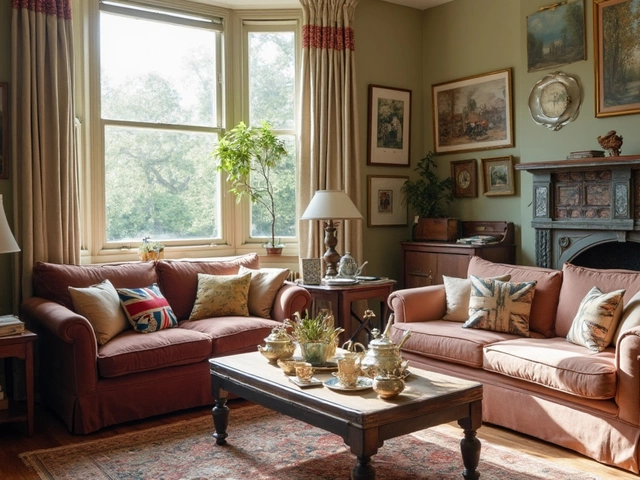Furniture Shopping Tips You Can Use Today
If you’re about to buy a desk, chair or storage unit, you probably wonder how to get the best deal without ending up with junk. The good news is that buying furniture doesn’t have to be a gamble. With a few simple steps you can spot quality, stay within budget and choose items that actually fit the space you have.
Spotting Quality Furniture
First thing – look at the frame. The strongest pieces have solid wood or metal frames, not cheap particle board. Pull on a chair leg; it should feel sturdy, not wobbly. Check the joints; dowel or mortise‑and‑tenon connections last longer than glued‑on parts.
Next, examine the fabric or finish. For sofas and chairs, a tightly woven weave and double‑stitched seams mean the upholstery will hold up to daily use. If you’re buying a desk, a smooth, scratch‑resistant laminate or a real wood veneer will stay looking good longer than a thin melamine surface.
Our post “How to Spot High-Quality Chairs: Buying Guide for Long-Lasting Comfort” breaks down these points in detail. Use the same checklist for any piece – whether it’s a classroom chair or a home office stool.
Saving Money While Buying
Timing matters. The “Cheapest Month to Buy Furniture” article shows that many retailers cut prices in January, July and during major holidays like Black Friday. Mark those months on your calendar and plan big purchases accordingly.
Don’t ignore clearance sections. Stores often discount floor‑model items that are still in perfect shape. You can also negotiate – ask for a price match or an extra discount if you’re buying multiple items.
Consider buying in bundles. A desk‑chair‑storage set typically costs less per item than buying each piece separately. Look for packages that match the style you need for a classroom, an office or a living room.
Finally, think about second‑hand options. High‑quality furniture, especially solid‑wood desks or ergonomic chairs, can be found at a fraction of the new price if you inspect them carefully for wear.
Putting these tips together means you’ll walk away with furniture that lasts, looks good and fits your budget. Whether you’re setting up a school classroom, a home office, or a living room, a little research and timing can make a big difference.






